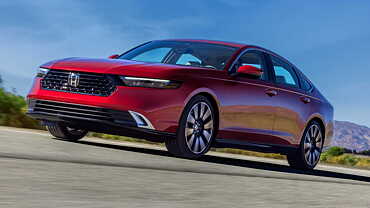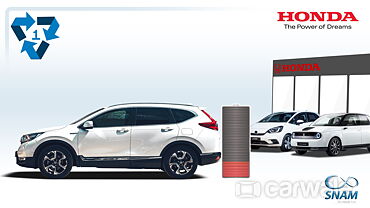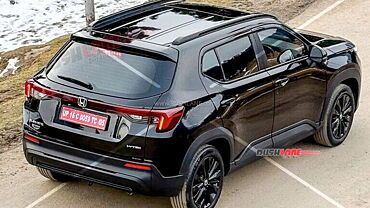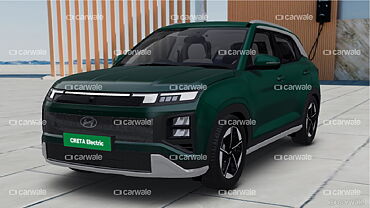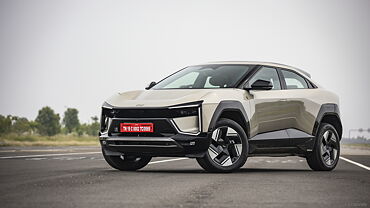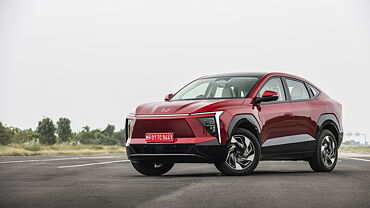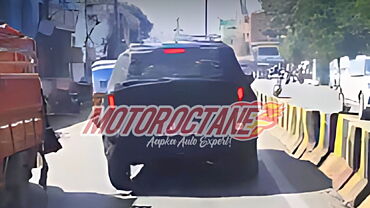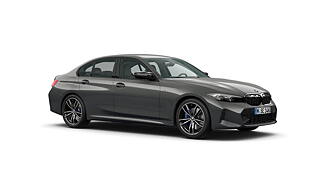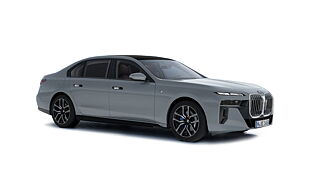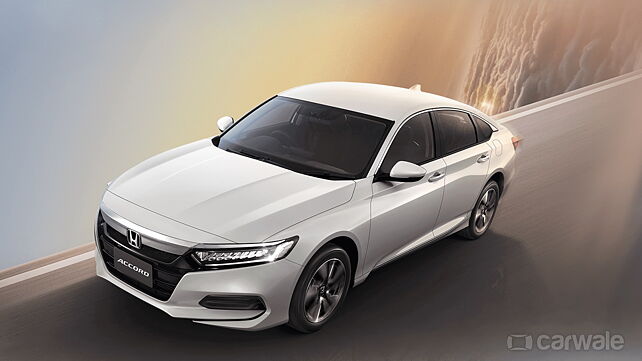
- The tenth-gen Honda Accord for the ASEAN markets is similar to the US-spec model.
- It is available with two powertrains – 1.5L turbo-petrol and 2.0L petrol hybrid.
- It follows Honda’s latest design philosophy.
Honda has unveiled the tenth-gen ASEAN-spec Accord. Surprisingly, the new Honda Accord is mostly similar to the model that Honda has been selling in the North American market since 2017. The outgoing ninth-gen Accord is the same version that is on sale in India, albeit in hybrid form only. The ASEAN-spec Accord continues with Honda’s latest design philosophy that is seen on the new Civic.

As mentioned earlier, the tenth-gen ASEAN-spec Honda Accord is similar to the US-spec model. This means that the car has the signature nose with a thick chrome band joining the headlamps. The profile gets a coupe-like sloping roof that is reminiscent of the Honda Civic. The rear features C-shaped tail lamps and a boot integrated spoiler. The interior of the ASEAN-spec new Accord is similar to the US-spec model as well.

As compared to the outgoing ninth-gen model, the new Honda Accord measures 4,920 mm in length, which is 13 mm shorter than the older version. The wheelbase has gone up by 54 mm to 2,830 mm, while the car is wider by 10 mm and shorter by 15 mm in height. It will translate into a spacious cabin, however, the lowered roofline and the coupe-like design mean that headroom will be limited.
Powering the new Honda Accord is a set of two engine options. The 1.5-litre turbocharged four-cylinder petrol unit that makes 190 bhp of power and 243 Nm of peak torque. The car also gets a hybrid powertrain that uses a 2.0-litre four-cylinder petrol motor that works with two electric motors, delivering a combined output of 215 bhp.

The new Accord comes loaded with equipment like heads-up display, 360-degree camera, front and rear parking sensors, wireless phone charging and cross traffic monitoring. The car also gets Honda's Smart Parking Assist System with auto parallel and perpendicular parking. Safety features include autonomous emergency braking, Road Departure Mitigation, Lane Departure Warning and adaptive cruise control.


